Laser, which can be defined as concentrated light, is currently used in many treatment methods in the medical field. Laser-assisted dental treatment, which can transfer intense energy even to very small surfaces, has become a favorite of dentistry in recent years. It is very safe because it does not contain radioactive properties such as X-rays. It can be used even for children, pregnant women and those with chronic diseases such as diabetes.
The use of laser in dentistry dates back to 20 years ago. In our country, its use has increased especially in recent years. The biggest advantage for patients is that it does not require anesthesia and the treatment is completed without pain, soreness or bleeding. In addition, faster healing of wounds also increases its preferability. Diode lasers are the most commonly used laser in dentistry. Its ease of use and high efficiency make it a good option.
In Which Treatments Is Diode Laser Used?
A popular application in dentistry, the diode laser is often used for the following treatments:
- Aphtha treatment
- Sterilization of root canals
- Herpes treatment
- Tooth whitening
- Gum whitening
- Biopsy collection
- Treatment of gum infection
- Elimination of tooth sensitivity
- Lengthening the tooth length by cutting the gums
- Stopping bleeding after surgery
- Opening of implant tops
- Cutting adhesions of soft tissues
- Treatment of jaw joint pain
What are the Advantages of Laser Assisted Dental Treatments?
Although lasers emit powerful beams, they are very safe for the mouth. Since they can be applied to very small spots, it is easier to work on the target area. It is a great advantage that the surrounding areas are not damaged, especially during treatment. The fact that the instruments used in traditional treatment methods are very loud causes patients to feel more anxiety. The silent operation of the laser reduces the level of anxiety and makes the treatments more comfortable. This is another advantage.
Laser-assisted dental treatment is much less painful than conventional methods. In some applications, even anesthesia is not required. In addition, the risk of infection in the treatment area is low and the healing time is shorter. For this reason, patients are more inclined to laser as a treatment method.
Things to Consider After Laser Treatment
Bleeding during and after laser dental implant treatment is minimal. It also helps to sterilize the area being worked on, so the risk of bacterial infection is very low. The healing time may be shortened as the wounds may not require stitches and the soft tissue regenerates quickly. There will be mild swelling and discomfort for only a few days. It is therefore best to avoid hypothermia and vigorous exertion during this period.
Patients can quickly return to their daily routines after laser filling treatments. If anesthesia is not performed, there is no restriction on eating and drinking. However, very hard foods should not be consumed. In laser teeth whitening procedures, it is best to avoid foods and drinks that may cause discoloration in the first few days. At the same time, extremely hot or extremely cold foods should not be consumed.









